The Breadbaskets of the World
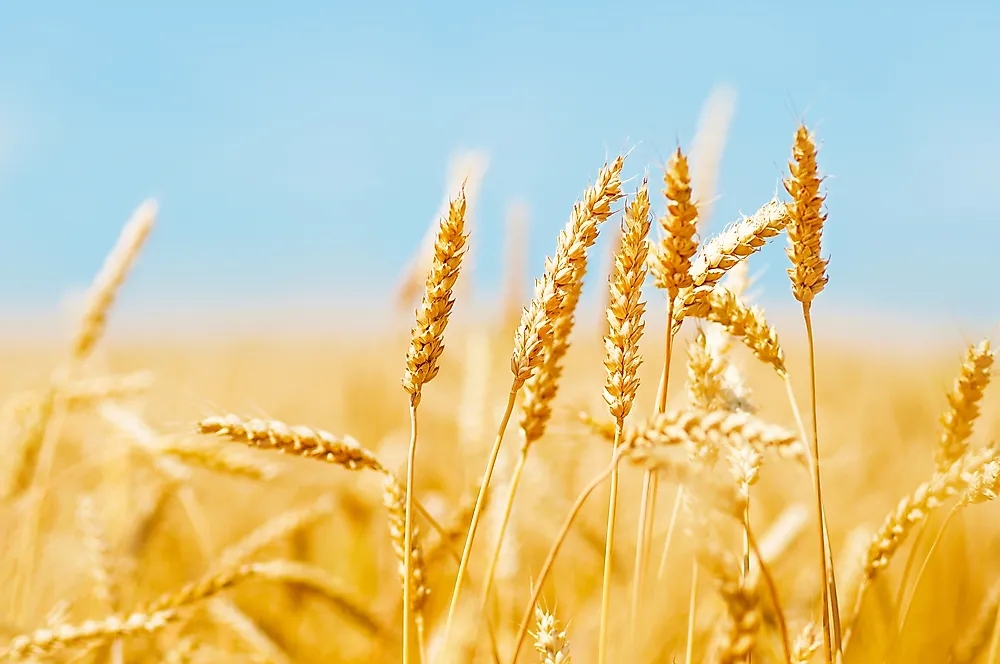
The breadbaskets of the world are the regions in the world that produce food, particularly grains to feed their people as well as for export to other places. The regions invest heavily in agricultural practices as well as agricultural based industries to process their produce. They are very important regions in the world because they greatly contribute to the global food supply.
6. Central Black Earth Region
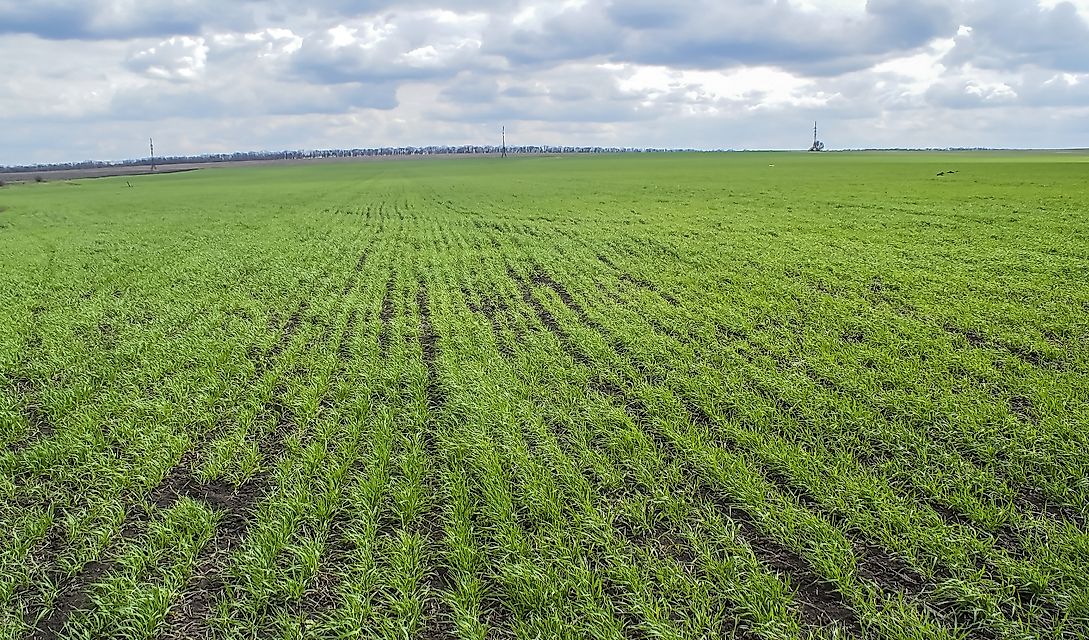
The region, also known as Chernozemie, is found in Central Russia. It is renowned for its rich soil known as Black Earth. The soil is rich with a high humus percentage and other soil enriching nutrients like ammonia and phosphorous. It is also deep and its clay like qualities give it water retaining properties. This makes the area an agricultural powerhouse of Russia and it became the country’s breadbasket in the 20th century.
The region is known for producing grains, particularly wheat. Earnings from its wheat production are one of the reasons why Russia is so industrialized today. This is because Imperial Russia’s Prime Minister Sergei Witte invested the money earned from exports of the wheat produced in the area to invest in development of industries. Today, Russia still exports grains cultivated in the region, and uses them to make animal feed as well. Grains grown in the area include spring and winter wheat, sunflowers, corn, soy beans, peas, rapeseed and barley.
5. Southeast Asia
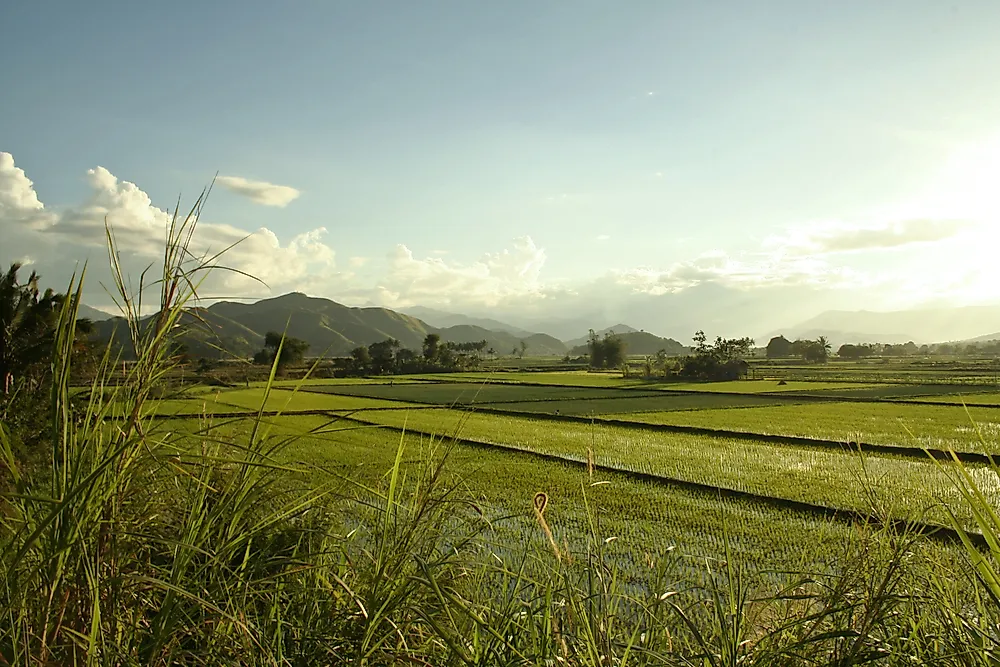
The region is formed by 10 nations and together they form the ASEAN, meaning Association of Southeast Asian Nations. Southeast Asia is one of the breadbaskets in the world, producing a large percentage of the food consumed worldwide. It produces rice, corn, sugarcane, cassava, soybeans, tropical fruits like pineapples and litchi, bananas, palm oil, sea food, coffee and many others.
Out of the top ten rice producing countries in the world, the region claims 5. In 2016, ASEAN exported about 16 tons of rice, constituting 33% of the global exports. Vietnam and Thailand from the region constitute 97% of the world’s cassava exports and the entire region produces 25% of all the coffee exports globally. The Philippines, which is a member of the region is the second ranked state in the world in pineapple exports. Another significant food product from the region is sea food, mainly prawns, and shrimps which make up 30% of the global exports.
4. Canadian prairies
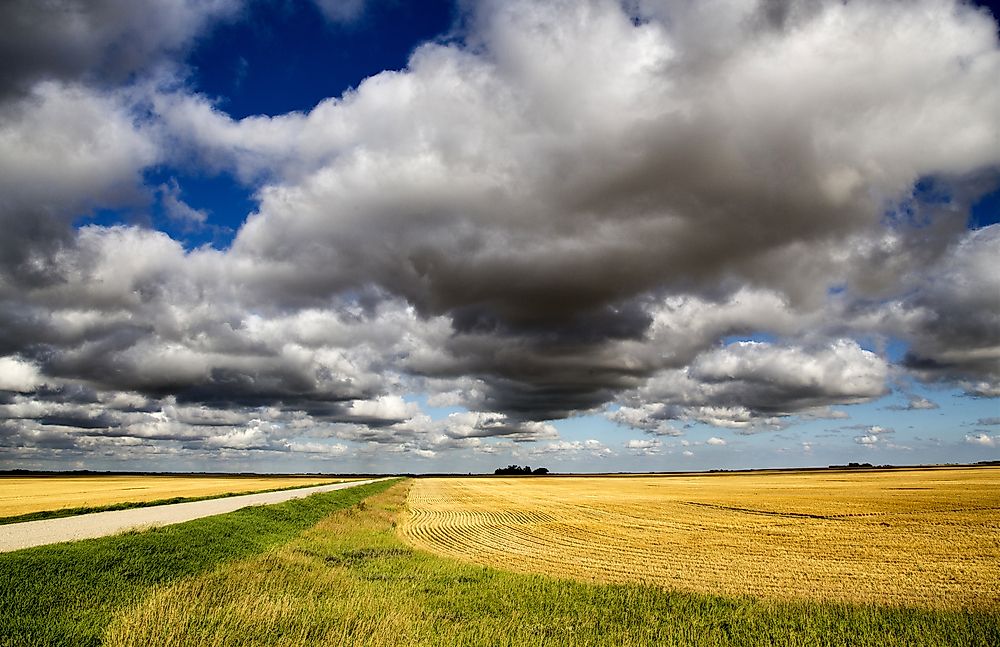
The Canadian Prairies made up of Alberta, Manitoba and Saskatchewan provinces are very important in the world due to their grain production. The region’s backbone is agriculture and its industries process the agricultural produce. Crops cultivated in the area are durum wheat, canola, barley, oats, lentils, brassica and horticultural products. They also keep sheep, cattle, and poultry.
The Prairies export a lot of agricultural food products to other nations in the world. In 2012 alone, for example, Saskatchewan which is considered the breadbasket of Canada exported over $11 billion worth of agricultural produce. The province is Canada’s largest producer of wheat and among the global top producers as well. Manitoba Province also produces the grain and exports it to more than 70 countries in the world among them the US and Japan. The region also processes its own wheat into cereal food, flour, pasta and baked products such as bread and cakes.
3. China
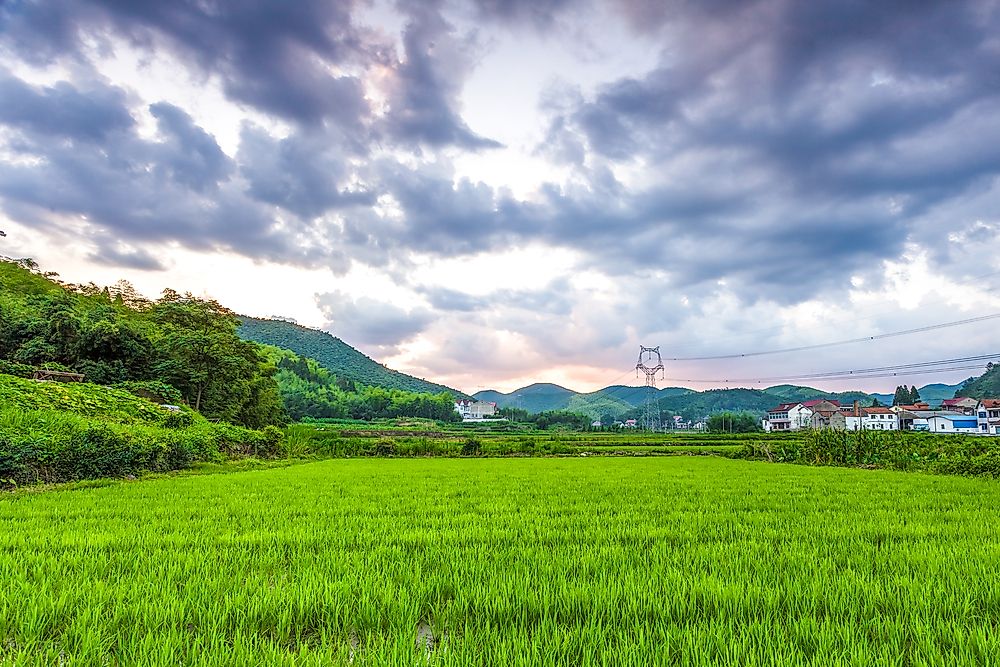
China’s agricultural sector employs more than 300 farmers and the food produced by the country constitutes about 20% of the total world exports. The country has the largest agricultural output in the world, and 75% of its farming focuses on food crop farming. The country’s primary food crop is rice, with rice fields occupying approximately 25% of its cultivated land.
The second most cultivated grain is wheat, followed by corn, millet and oat. The country also produces sweet potatoes, white potatoes, vegetables, tropical fruits, oil seeds, tea, sugar cane and coffee amongst others. China also invests heavily in aquaculture, and its fish production constitutes a third of the world’s total. Some of the country’s top agricultural regions are Sichuan, Guizhou, Zhu Jiang Delta, Wei and Fen River valleys and Hubei. Most of the food produced in the country is consumed by the country’s large population, hence the country is also its own breadbasket.
2. San Joaquin Valley
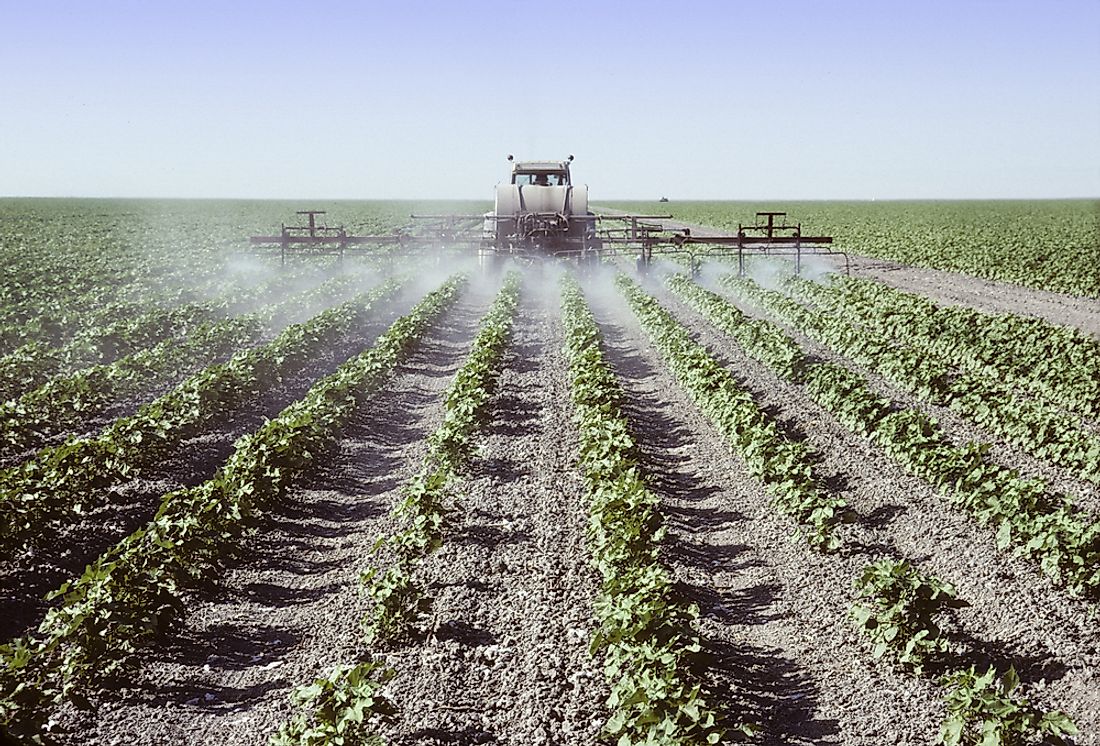
The state of California is an important entity in the total agricultural produce of the United States. It accounts for 12.8% of the county’s agricultural yield. Most of this produce comes from San Joaquin Valley, which is referred to as a breadbasket globally. The county is the single producer of almonds in the United States and worldwide, the production constitutes 70% of the total almond yield and supply.
The region is famous for producing grapes and Californian wine is renowned. It also produces cotton, nuts, vegetables, tropical and citrus fruits such as kiwis, tangerines, peaches and oranges amongst others. Apart from crop farming, farmers in the valley keep sheep and cattle in ranches. Dairy farming is greatly expanding in the county.
1. Brazil
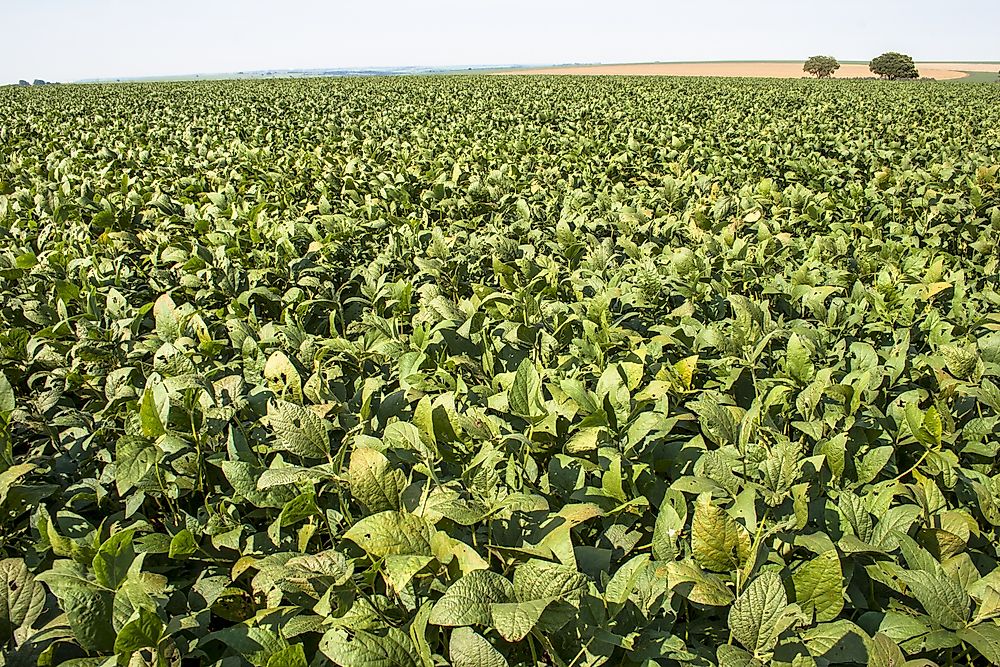
Brazil has increasingly grown in importance as a breadbasket of the world, exporting five of the world’s major crops. The country has two main agricultural regions. There is the Southern region which is more fertile with higher rainfall and the drier North Eastern region. The former produces a big percentage of the nation’s grains, oil seeds and export crops while the latter produces cocoa and tropical fruits.
Cattle keeping in Brazil is also a key agricultural enterprise, and the nation’s annual beef production amounts to millions of tonnes yearly. The most important agricultural products in the country are coffee, wheat, soybeans, rice, sugarcane, corn, citrus, cocoa and beef. Brazil is the leading sugarcane producer in the world with a total yield of about 600 million tonnes every year. Of all the world’s soybean producers, Brazil is ranked second. It is the leading exporter of meat from poultry and its pork exports is growing. The country also produces corn in plenty to feed its population and for export. Brazil is the third largest exporter of corn.











